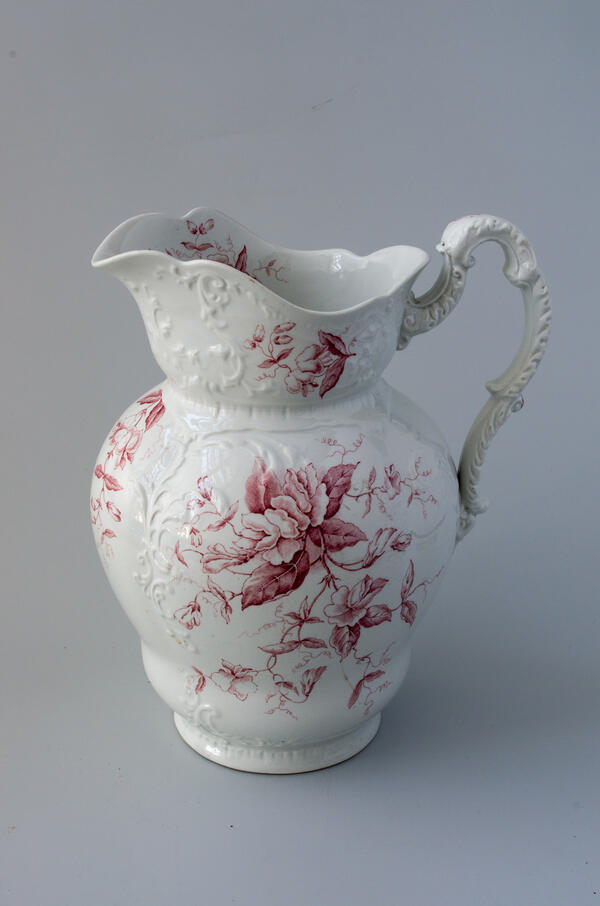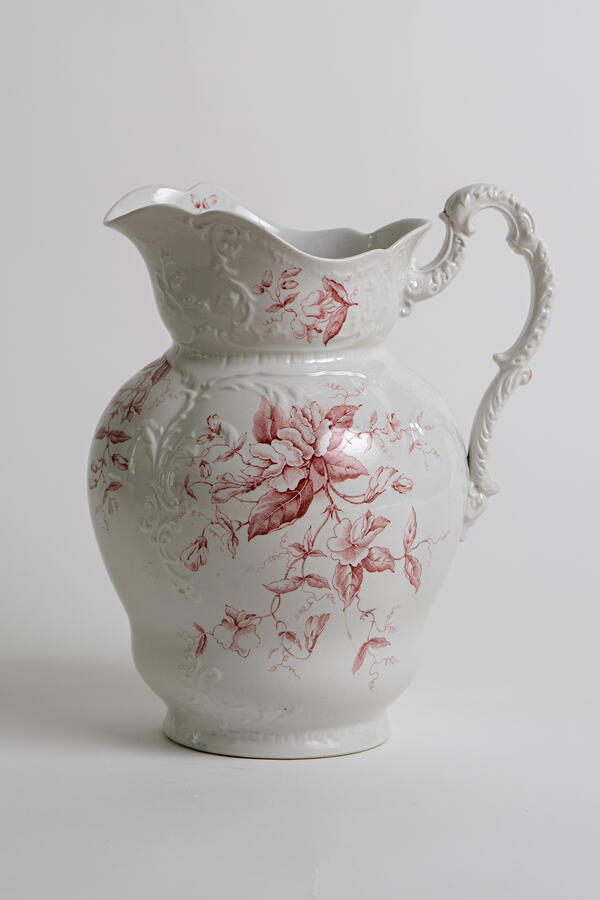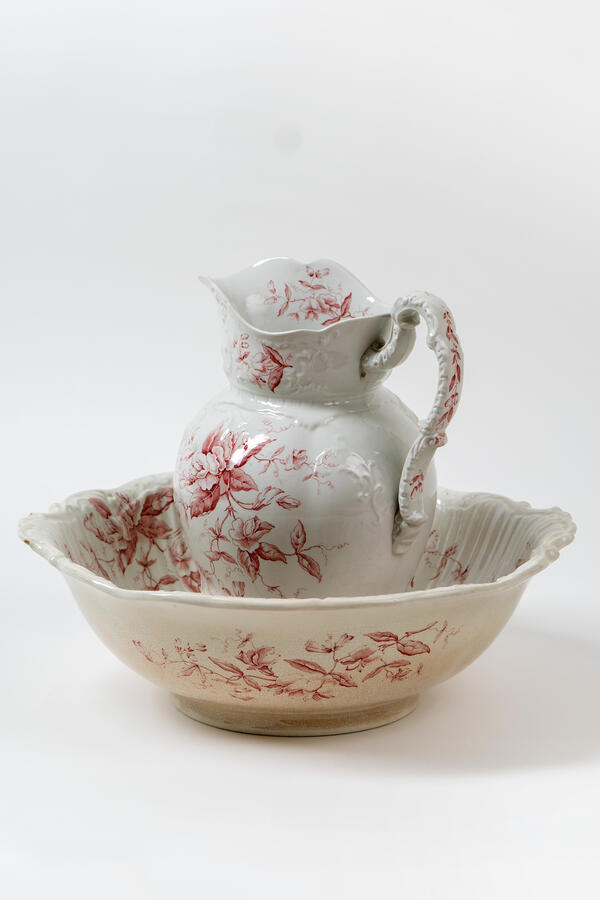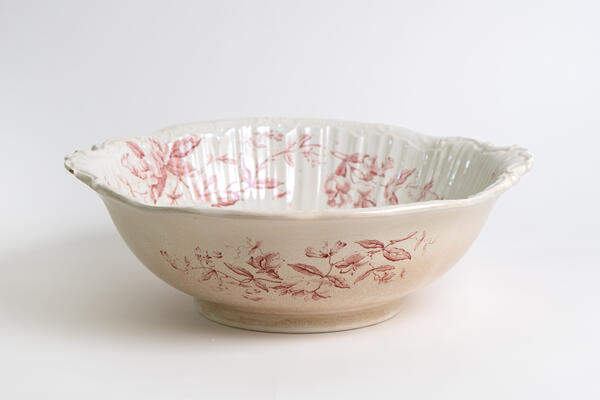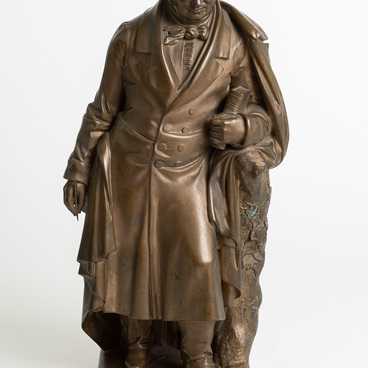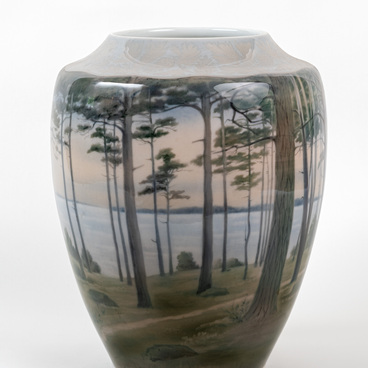Not only was the Alexander Palace sumptuously decorated, but it was also a comfortable home for the imperial family. All the latest technical achievements of its time were put to use here, providing convenience and safety. The palace was built as a summer dacha, so initially it did not require a sophisticated water supply system.
In the 18th and early 19th centuries, water was supplied to the palace by water carriers, who also maintained the baths of Grand Duke Alexander Pavlovich, which were installed in the basement. The system of manual water delivery was by no means perfect. Therefore, at the beginning of the 19th century, lead pipes were laid through the drainage system of the building, and water was supplied from nearby ponds.
During Nicholas I’s reign, copper pumps were installed in the palace “to bring up and let out water”. So were water closets. There were repairs and improvements to the water supply system — both for the imperial quarters and for the servants’ quarters. In the late 1880s, it was no longer necessary to use storage tanks for water as the Orlovskaya and Pevcheskaya water towers were put into operation, providing an uninterrupted supply of water to the palace.
Under Nicholas II, Pasteur filters for water purification were installed in the palace’s water supply system, and a pool with a Charcot shower system was fitted for the Emperor. During the same period, a fire water pipeline was laid.
However, despite the availability of various benefits of civilization, including running water, the imperial family continued to use the traditional method of the morning toilet — using a pitcher and basin for washing, which were brought by the servants. The earthenware jug and basin on display are typical household items of the time. They were made in England at the factory of the Clementson brothers. The factory was founded in 1832 by Joseph Clementson in Burslem. He expanded his business by increasing the capacity of the factory and acquiring associated businesses that were experiencing financial difficulties. In 1867, Clementson handed the factory over to his five sons, and it was then renamed Clementson Brothers. The factory exported a significant part of its production. The factory existed until 1916.
In the 18th and early 19th centuries, water was supplied to the palace by water carriers, who also maintained the baths of Grand Duke Alexander Pavlovich, which were installed in the basement. The system of manual water delivery was by no means perfect. Therefore, at the beginning of the 19th century, lead pipes were laid through the drainage system of the building, and water was supplied from nearby ponds.
During Nicholas I’s reign, copper pumps were installed in the palace “to bring up and let out water”. So were water closets. There were repairs and improvements to the water supply system — both for the imperial quarters and for the servants’ quarters. In the late 1880s, it was no longer necessary to use storage tanks for water as the Orlovskaya and Pevcheskaya water towers were put into operation, providing an uninterrupted supply of water to the palace.
Under Nicholas II, Pasteur filters for water purification were installed in the palace’s water supply system, and a pool with a Charcot shower system was fitted for the Emperor. During the same period, a fire water pipeline was laid.
However, despite the availability of various benefits of civilization, including running water, the imperial family continued to use the traditional method of the morning toilet — using a pitcher and basin for washing, which were brought by the servants. The earthenware jug and basin on display are typical household items of the time. They were made in England at the factory of the Clementson brothers. The factory was founded in 1832 by Joseph Clementson in Burslem. He expanded his business by increasing the capacity of the factory and acquiring associated businesses that were experiencing financial difficulties. In 1867, Clementson handed the factory over to his five sons, and it was then renamed Clementson Brothers. The factory exported a significant part of its production. The factory existed until 1916.

